Key Symptoms Of Peripheral Vascular Disease
Peripheral vascular disease is a disorder where an individual's blood circulation is impaired because the blood vessels outside of their brain and heart become increasingly narrowed, experience spasms, or become obstructed. Functional peripheral vascular disease occurs when the structure of the blood vessels has not become physically damaged but has become narrowed from changes in temperature or impulses from the brain. Organic peripheral vascular disease occurs when the structure of the blood vessels is damaged or altered as the result of tissue injury, inflammation processes, or plaque accumulation. The use of certain drugs, emotional stress, cold temperatures, operating vibrating machinery, high blood pressure, certain types of infections, smoking, high cholesterol, and diabetes may all cause the development of peripheral vascular disease. Diagnosis is made using doppler ultrasound, MRI, CT angiography, and ankle-brachial index. Treatment involves the use of medications to improve blood flow and or surgery in severe cases.
Several symptoms are indicative of peripheral vascular disease. Learn about them now.
Claudication

An individual who experiences claudication may be affected by peripheral vascular disease. Claudication is a type of deep pain that forms in the buttocks, calves, or thighs when an individual is engaging in physical activity. Most affected individuals describe claudication as a slow but progressive cramping pain that comes on when engaging in physical activity. Claudication is usually alleviated by resting and staying off of the legs. Peripheral artery disease is the most common cause of claudication. Peripheral vascular disease causes arteries that supply the main tissues of the legs to become constricted or obstructed, and when this blockage or constriction occurs in the individual's abdominal aorta, it can cause them to experience claudication in their buttock tissues. When the obstruction or constriction occurs in an individual's superficial femoral artery or common femoral artery, it can cause them to experience claudication in the thigh tissues. Constriction or obstruction form peripheral vascular disease that occurs in a patient's popliteal artery or lower superficial femoral artery causes claudication to occur in the calf.
Learn more about the warning signs of peripheral vascular disease now.
Fatigue

Fatigue due to peripheral vascular disease most often occurs in a patient's limbs. The mechanism behind fatigue in the limbs is related to the lack of blood flow that occurs in the affected tissues. Blood carries oxygen and nutrients to the cells of the legs and arms so they can use these substances to carry out their functional processes. A restriction in blood flow does not allow oxygen and nutrients to reach these cells, which causes them to be unable to produce a form of cellular energy called ATP that is required for the cell to operate. When the nerve cells in the arms or legs cannot produce ATP, they are unable to conduct impulses to the muscle tissues properly. Without proper nerve transmission to the muscle cells, the patient will feel fatigued in the affected limb because of the significant amount of effort it takes to move the muscles. Muscle cells themselves that do not receive enough oxygen and nutrients to produce ATP can become impaired as well, exacerbating the fatigue in limbs of patients.
Continue reading to uncover more key symptoms of peripheral vascular disease now.
Foot Or Leg Ulcers
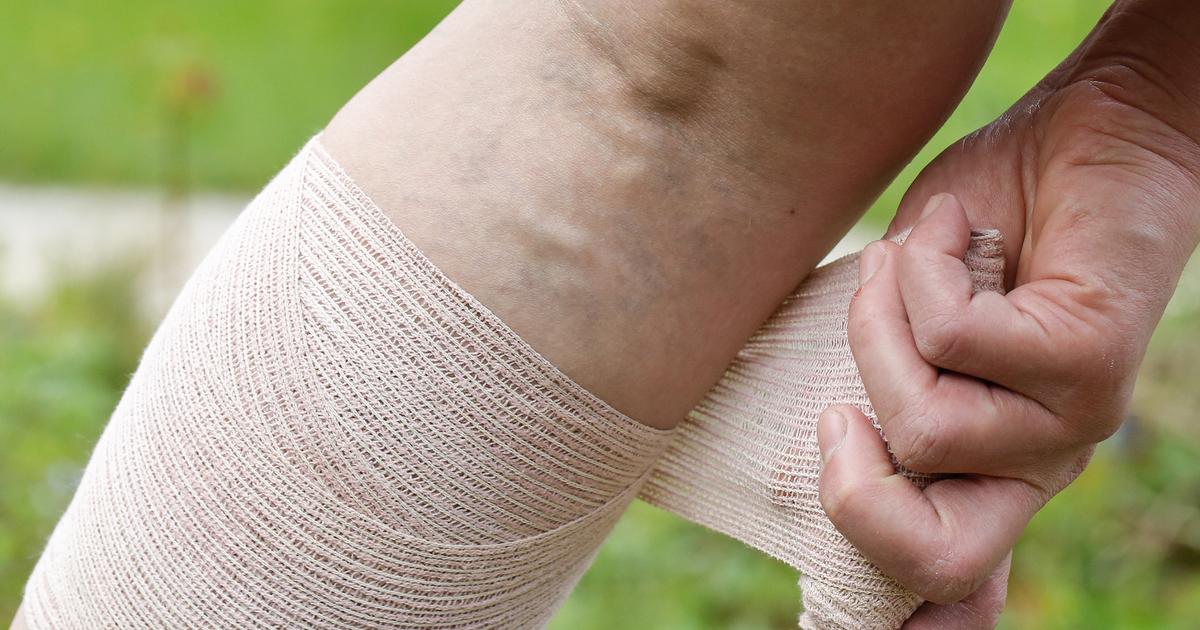
An individual who has foot or leg ulcers may be affected by peripheral vascular disease. Mechanisms such as plaque buildup in the arteries can cause an insufficient supply of blood to the muscle, nerve, and skin tissues of the affected limb or limbs. Blood carries oxygen to the cells of the skin tissues by moving through the large arteries and then further into their tributaries. Those tributaries split into small capillaries that directly feed blood to the skin and fatty layer underneath it. When a patient's peripheral vascular disease causes the larger arteries and their tributaries to become blocked or narrowed, it can make it difficult for blood to make its way to the tissues of the skin. Reduced blood supply can cause a process known as ischemia in the skin tissues, or severe oxygen deprivation. Individual cells begin to die, causing the skin tissue to decay in a focal area. This necrosis results in the development of an ulcer or sore on the affected leg or foot.
Discover additional symptoms of peripheral vascular disease now.
Pale Or Thin Skin

Peripheral vascular disease may result in pale or thin skin in an affected individual. The pink coloring of an individual's skin is the result of constant saturation of oxygen-rich blood and the way light reflects off of it through the skin. When the blood vessels under the skin are saturated with oxygen-poor blood, the color of the skin appears green or blue. However, an individual's skin will become pale or white when there is a lack of any kind of blood presence. Peripheral vascular disease patients have an accumulation of plaque in the arteries that supply the leg tissues with oxygenated blood. This plaque leaves less space for blood to move through, which means a lower volume of blood can reach the lower legs and feet. An affected individual may experience pale or white skin on their legs when laying down or when the legs are elevated due to the reduced effect of gravity on the oxygenated blood attempting to move through their arteries. Thin skin may develop after a long duration of time where there has been reduced blood supply to the affected limb because the skin cells cannot regenerate as fast as they are dying off.
Get more details on the warning signs of peripheral vascular disease now.
Thick Toenails

Onychogryphosis is a term used to describe a condition of the nails that causes the nail to grow faster on one side than the other. The result of this abnormal nail growth is unnaturally thick nails that curve irregularly. Onychogryphosis is a common manifestation of peripheral vascular disease because of the restriction in the ability of oxygenated blood to reach the capillaries that feed the nail bed of the toes. Plaques in the arteries cause them to become narrow and allow a lower quantity of blood through them at any given time. The nail matrix needs a constant and even supply of oxygen and nutrients to grow the nail properly. However, the nail will grow more on one side than the other if only one part of the nail matrix is receiving enough blood. This manifestation is usually the most prevalent in an affected individual's big toes but may present in the smaller toes as well.
Uncover additional symptoms seen in peripheral vascular disease now.
Calf Muscle Weakness And Atrophy

An individual who experiences calf muscle weakness and atrophy may be affected by peripheral vascular disease. Calf muscle weakness and atrophy are terms used to describe when an individual is not able to produce a contraction of the calf muscle with the greatest effort put forth to do so. This symptom develops when the veins do not work or the arteries that carry blood to and from the tissues of the calf muscle become too narrow for a sufficient amount of blood to flow through them. When muscle tissues do not receive an adequate amount of oxygen and other nutrients in the blood, the cells are unable to perform their functions. This lack of blood flow can be the result of the narrowing of the artery carrying blood to the muscle tissues themselves, or it can be due to a backup of poorly oxygenated blood in the veins that carry blood away from the calf muscle that is not allowing the perfusion of oxygenated blood to the muscle.
Keep reading to learn more about the warning signs of peripheral vascular disease now.
Hair Loss On Feet
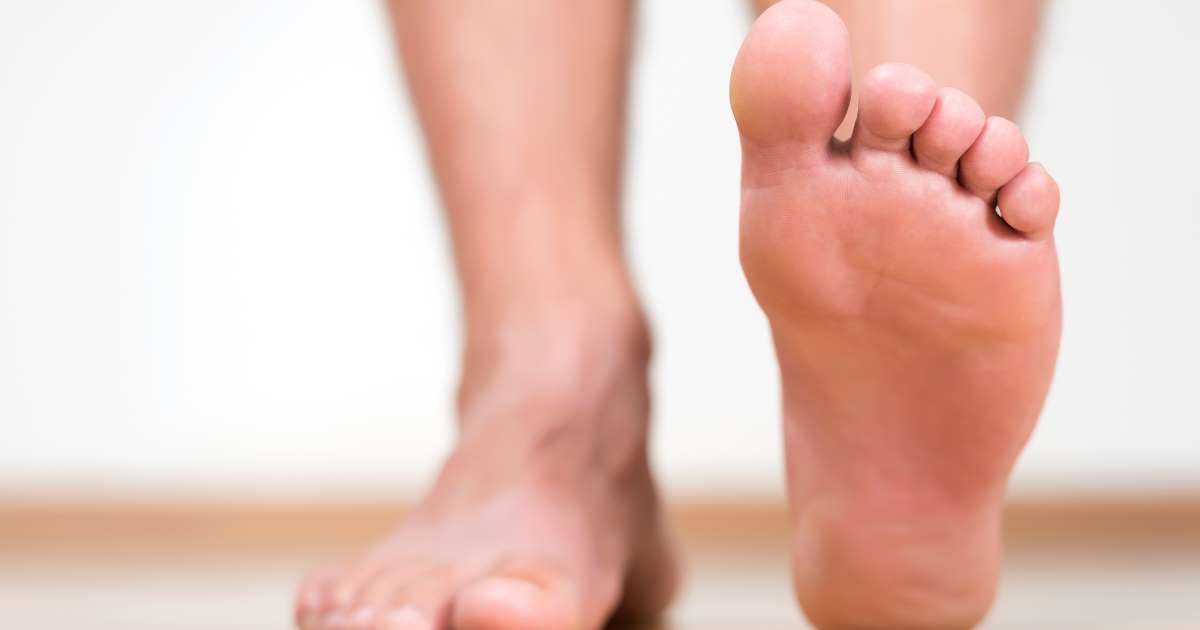
Body hair grows out of hair follicles in the skin and is made of proteins like keratin. In order for the hair follicles to grow properly, certain nutrients must be provided to the skin where the follicle is located. An individual with peripheral vascular disease may experience problems with circulation in their legs and feet if the blood vessels in these areas have become too narrow to meet the blood supply demand. The narrowed arteries stop oxygenated blood from reaching the skin tissues where the hair follicles of the legs and feet are located, and non-functional veins limit the amount of oxygenated blood allowed to flow to the affected tissues. Without a sufficient supply of nutrients from the blood, the cells of the hair follicle cannot function normally. As a result of this malfunction, the hair on the legs and feet may grow slower than normal, stop growing, or even fall out entirely.
Reveal additional indicators of peripheral vascular disease now.
Poor Wound Healing
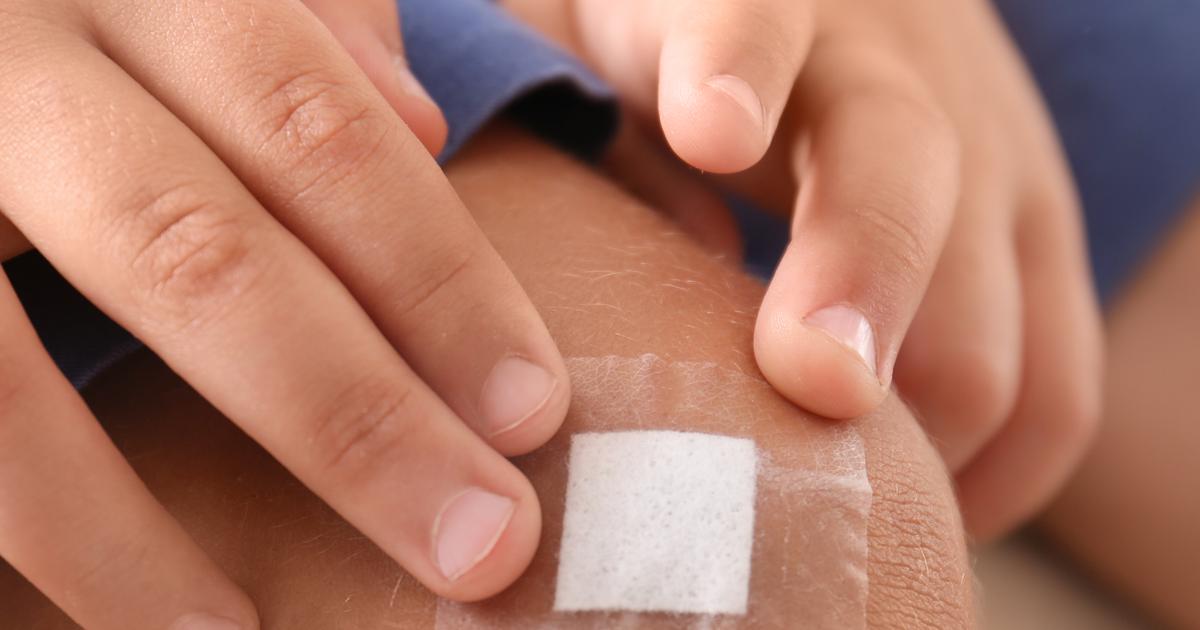
When cellular damage is incurred on the skin, the immune system and other healing mechanisms in the body jump into action. These responses involve an influx of different components summoned to the site of the injury. These immune system components and substances utilize the bloodstream to travel there. In a healthy individual, this process allows for the wounded tissues to receive oxygen, nutrients, platelets, and other substances that allow it to clot and begin tissue repair. However, a peripheral vascular disease patient will experience impairment in this healing process. Narrowed arteries and non-functional vein valves make it difficult for a satisfactory amount of blood to reach the affected tissues, even in normal conditions. This problem is further compounded when the tissues become damaged, such as when the skin becomes wounded, resulting in poor wound healing.
Get more information on the symptoms linked to peripheral vascular disease now.
Cold Legs And Feet
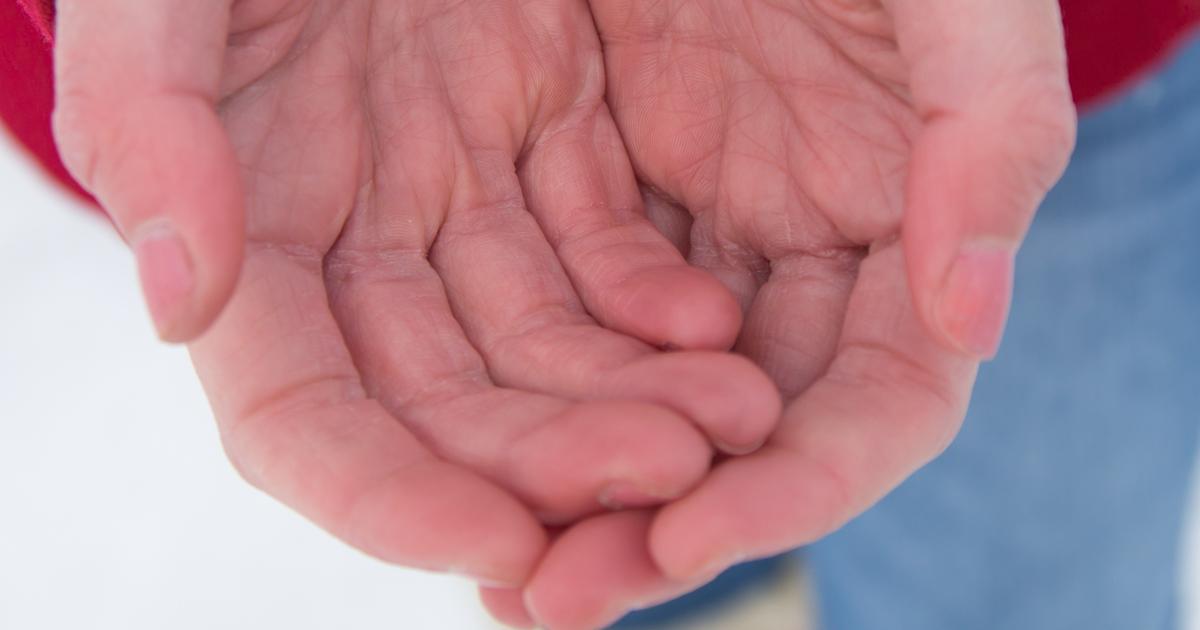
When a healthy individual enters into a cold environment, the body implements a mechanism to help conserve heat in the body. The mechanism causes the small blood vessels in the legs and feet to constrict or become narrowed. When the small blood vessels closest to the skin become constricted, the body loses less heat overall. However, the feet and legs will feel cold to the touch when such heat-conserving mechanisms are activated in the body. An individual with peripheral vascular disease, however, experiences the same manifestations of a healthy person in a cold environment, even when they are in a warm environment. Peripheral vascular disease causes the vessels in the limbs to become narrowed, much like they do when they constrict in cool temperatures. This narrowing of the blood vessels causes the feet and legs to feel cold to the touch because there is less blood flowing to the surface of the skin.
Read more about the warning signs associated with peripheral vascular disease now.
Foot Or Leg Numbness
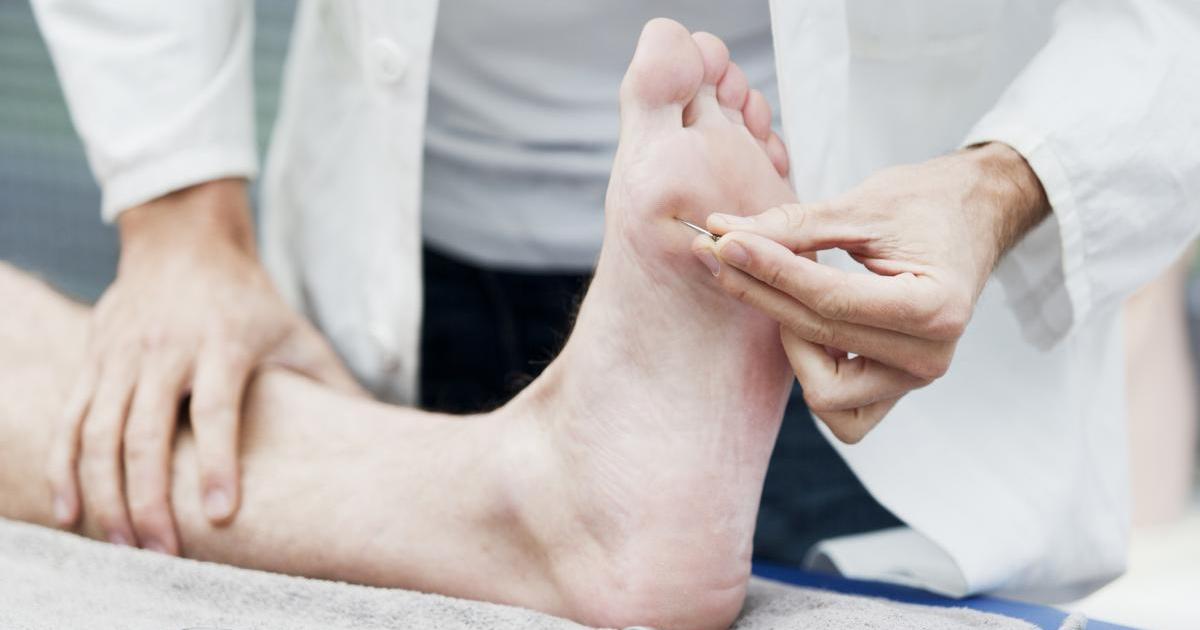
Numbness describes when an individual loses physical sensation in a part of their body. Sensation mechanisms controlled by the sensory nerves throughout the body include touch and the detection of temperature changes. The nerves around the body carry the sensory information from the surface of the skin, through the spinal cord, and into the brain. When any part of this process is impaired, individuals will experience abnormal sensations or loss of sensation. Peripheral vascular disease can describe when an individual has veins in their lower peripherals that do not work properly. Veins that are unable to push blood back to the heart properly will leak fluid. Fluids from the leaky veins accumulate in the surrounding tissues in the legs, which is referred to as edema. The excess fluid accumulation can compress the sensory nerves and their pathways in the affected leg or foot, which causes the sensory impulses to become obstructed on their way to the brain. The result of this malfunction is numbness in the leg or foot.